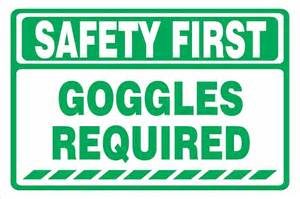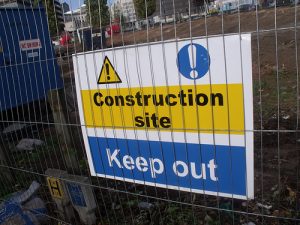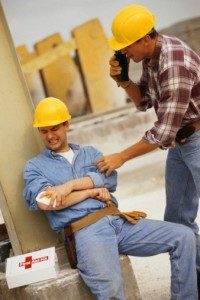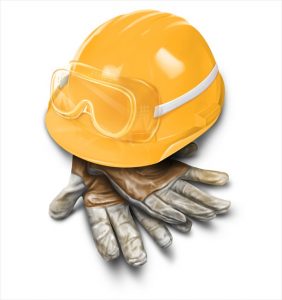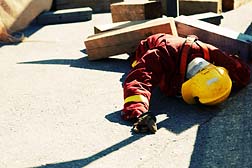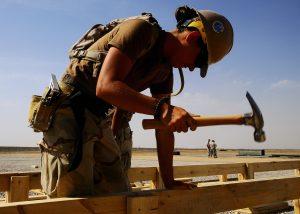 A gas line explosion…A short circuit that fries electric wiring…Even a lightning strike…Any building site under construction or renovation is highly vulnerable.
A gas line explosion…A short circuit that fries electric wiring…Even a lightning strike…Any building site under construction or renovation is highly vulnerable.
Builder’s Risk insurance will pay for loss or damage to a structure (and, in some cases, of the materials, fixtures and/or equipment used to build or renovate it) caused by a variety of perils – such as windstorms, hail, theft, and vandalism. The policyholder can also extend coverage to include;
- Property in transit to the job site or stored at a secure offsite location.
- Scaffolding, construction forms, and temporary structures on the site.
- Removing debris from covered property.
- Paying firefighters to save or protect property.
- Replacing blueprints or construction plans.
As a rule, Builders Risk insurance does not cover losses due to mechanical breakdowns, floods, earthquakes, water damage, or rioting.
These policies are often written for a three month, six month, or 12 month coverage term. If the project is not completed by the end of the initial term, it may be extended in many cases, but usually only one time. Coverage ends when the property is ready for use or occupancy.
The amount of coverage, usually based on the project budget, should reflect the total completed value of the structure (including costs of materials and labor), but not the value of the land. Depending on the circumstances, either the building contractor, developer, or owner(s) can buy Builders Risk. If a bank issues a construction loan, it will usually require the borrower to purchase a policy. In many cases, showing proof of insurance might be mandatory under city, county and state building codes


 o matter how dedicated you may be to workplace safety, you will never totally eliminate the possibility of danger. That’s why you have insurance, after all. If you could guarantee a 100% safe and riskless work environment, you wouldn’t need to take out a policy. Unfortunately, life just doesn’t work that way.
o matter how dedicated you may be to workplace safety, you will never totally eliminate the possibility of danger. That’s why you have insurance, after all. If you could guarantee a 100% safe and riskless work environment, you wouldn’t need to take out a policy. Unfortunately, life just doesn’t work that way.
